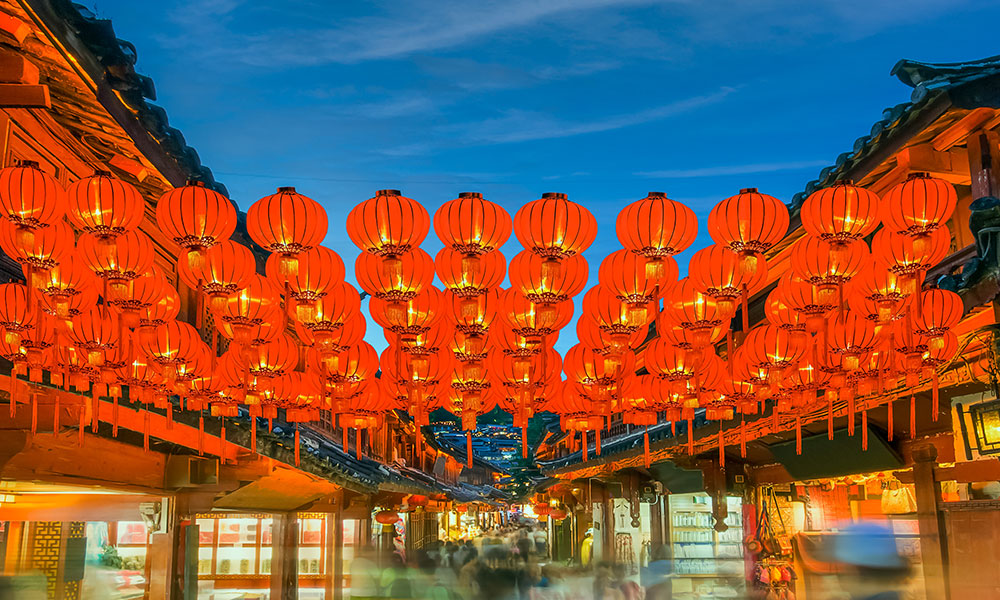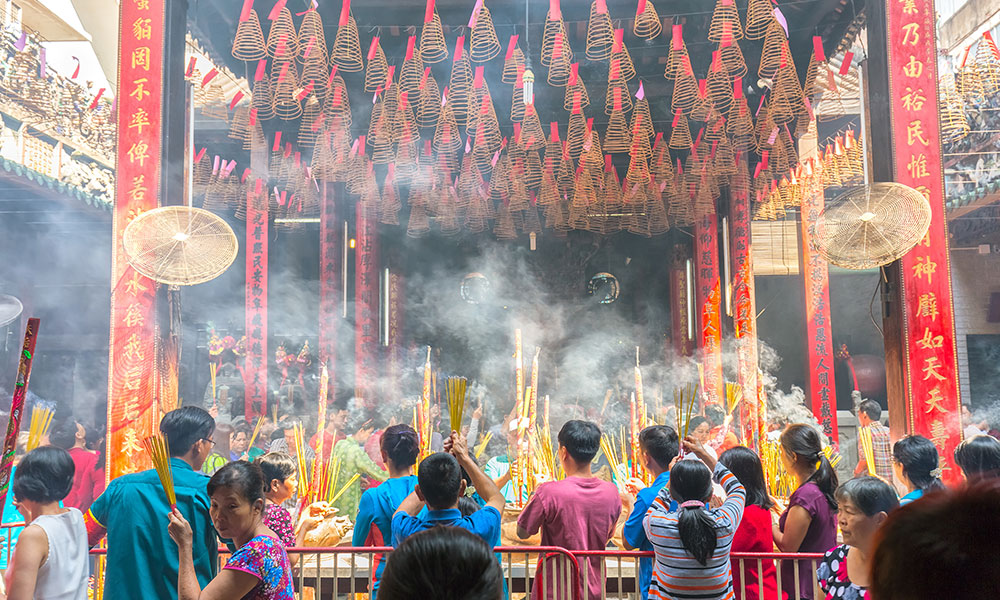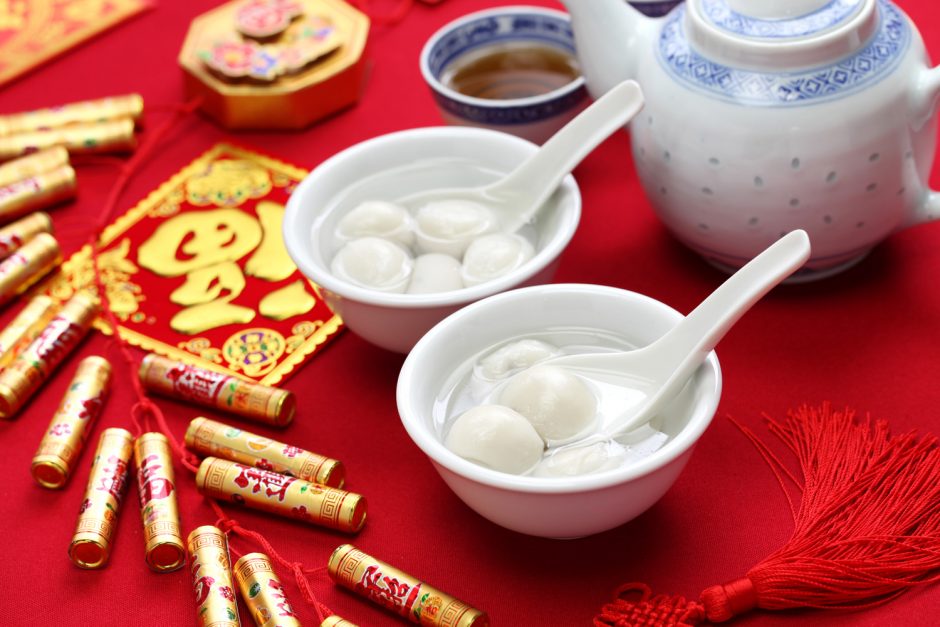Lunar New Year festivities are just wrapping up as we enter the 15th day of Lunar New Year and the first full moon of the lunar year. With the Lunar New Year based on the traditional lunar calendar, it is no surprise that the first full moon would be commemorated with its own festival.

In China, the 15th day is known as the Lantern Festival—not to be confused with the common name, Moon Festival, which goes by in many Chinese communities in Southeast Asia. This day is marked by vibrant lantern displays with several cultural performances, such as lion dances and folk dances. Families also celebrate the occasion by preparing Yuan Xiao Glutinous Rice Ball Soup, also known as Tang Yuan, which is a symbol of unity and a treat also served during the Mid-Autumn Festival.

For the Hokkien community in Malaysia, 15th-day celebrations are a little different. Known as “Chap Goh Mei”, the day is celebrated by families coming together to mark the end of the Lunar New Year with thanksgiving prayers and offerings. Chap Goh Mei is also celebrated as Chinese Valentine’s Day, where young unmarried girls will throw mandarin oranges into the sea or river in hopes of finding true love.

As for the Vietnamese, they end the 15 days of the Lunar New Year with Tết Nguyên Tiêu. Taking after Chinese influences over several centuries, the Vietnamese hold similar regard to the first full moon of the new lunar year. During Tết Nguyên Tiêu, Vietnamese families would go to temples and pray for the coming year, as well as celebrate the day with lantern displays and lion dances. Similar to the Chinese Yuan Xiao, the Vietnamese have their own version, which is known as Chè Trôi Nước, a special dessert soup of glutinous rice balls with sugar sauce, and carries a similar symbolic meaning of family unity.






You must be logged in to post a comment.